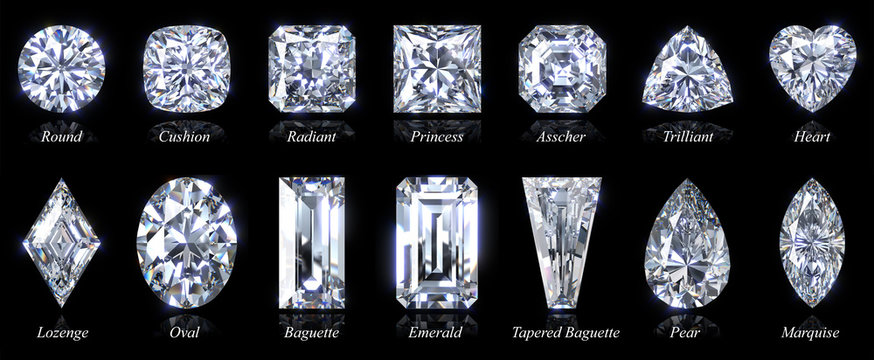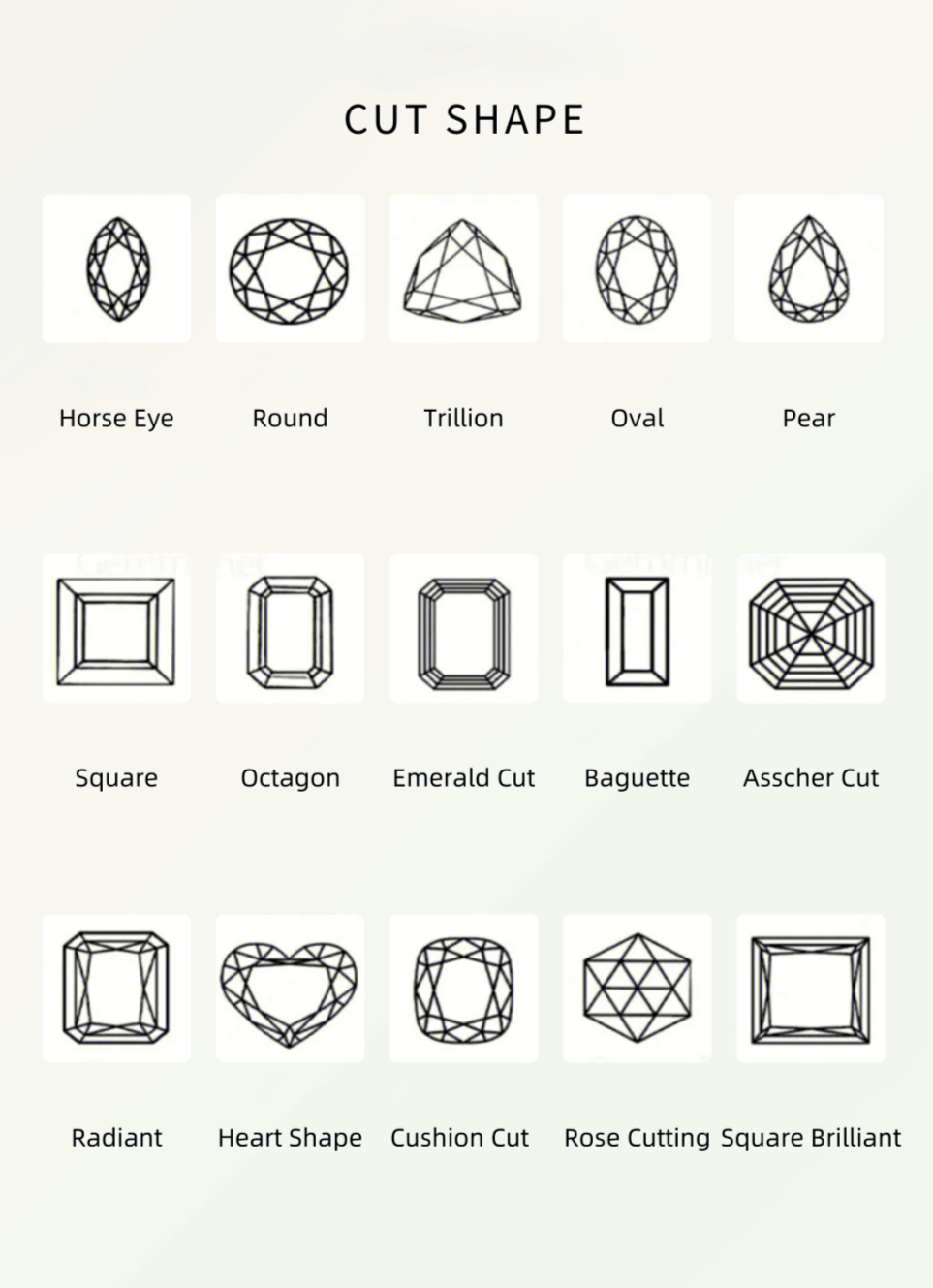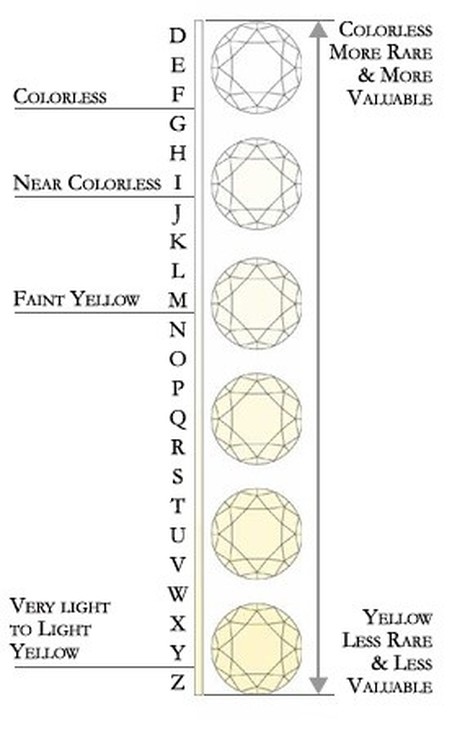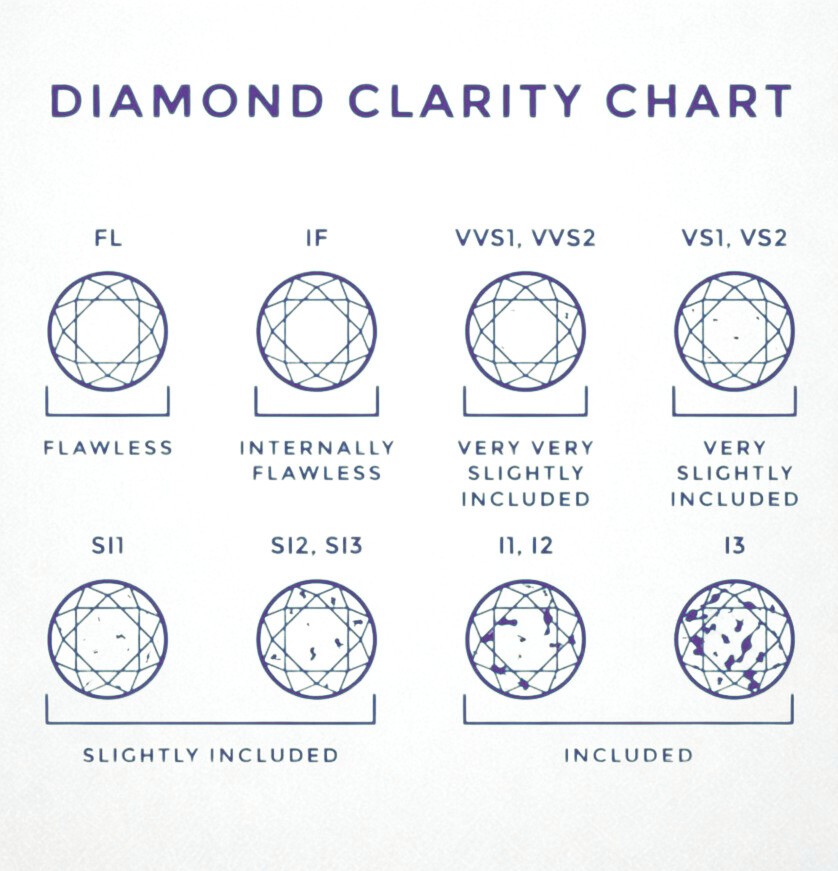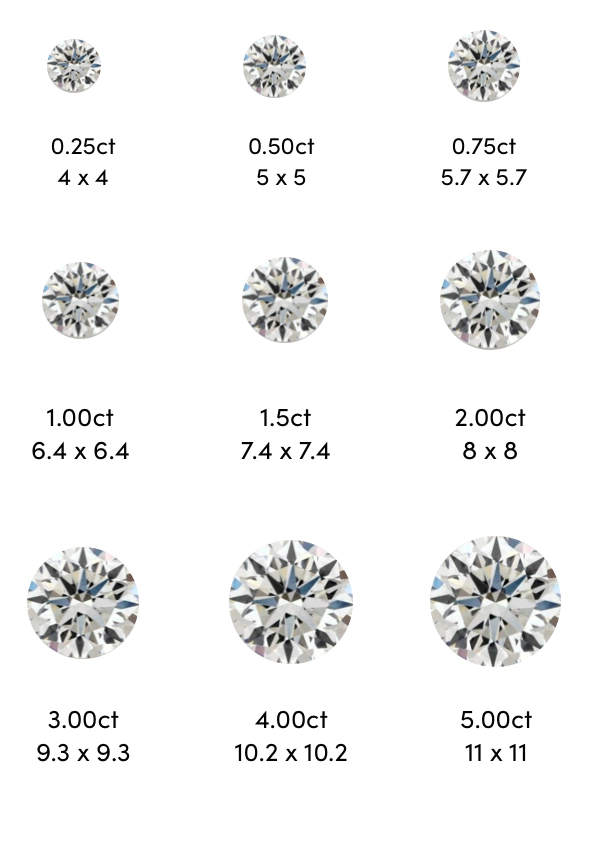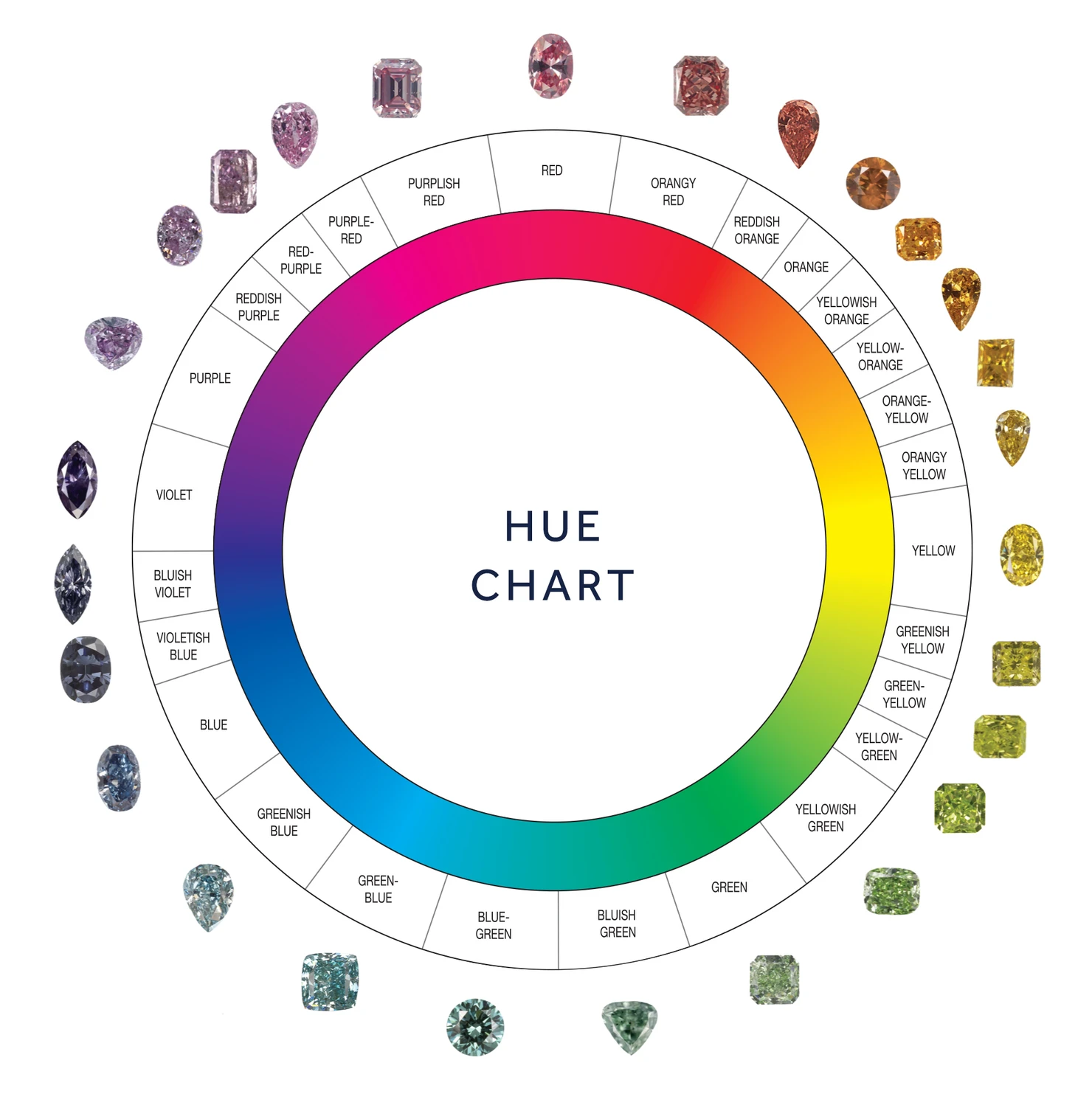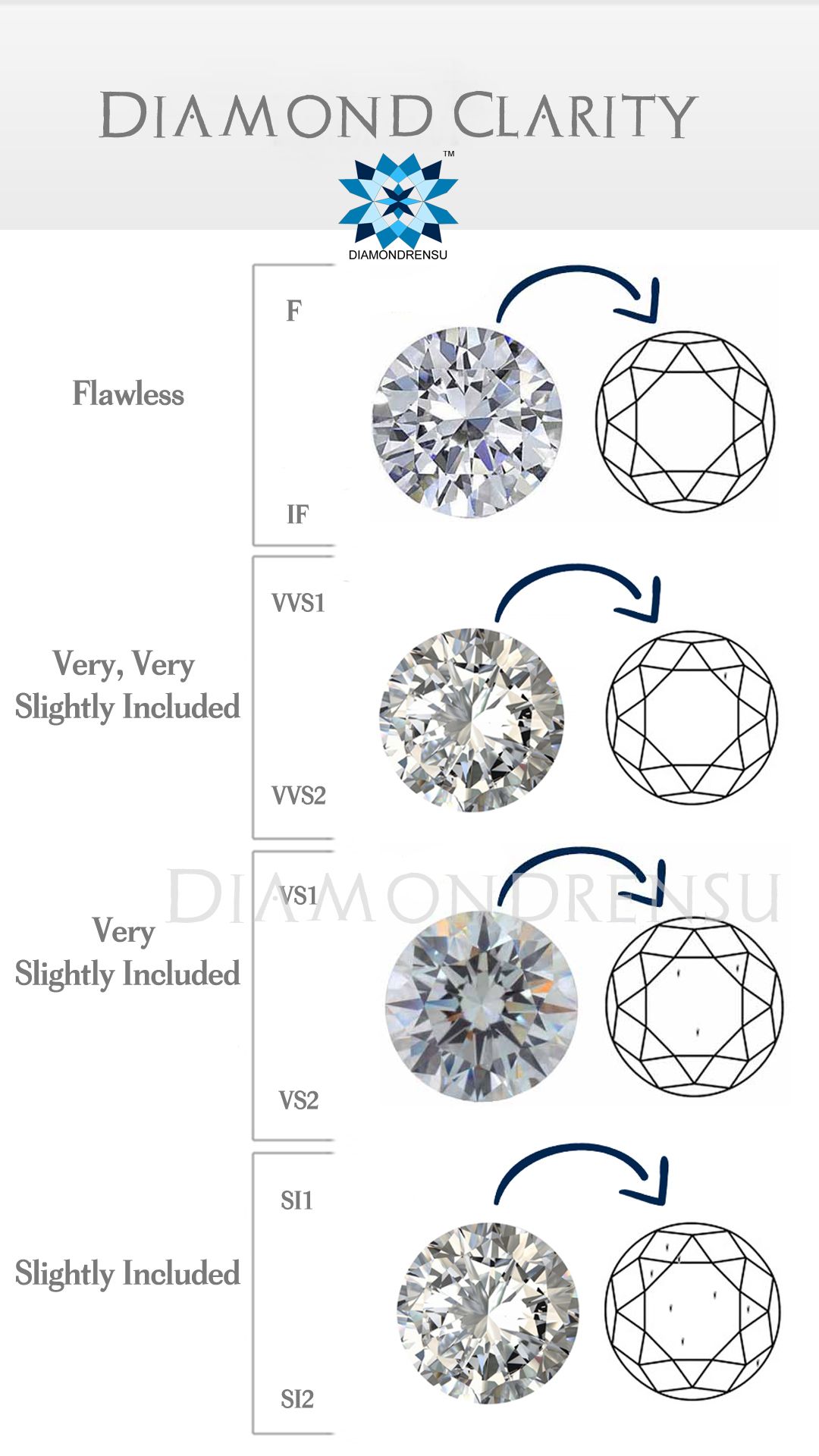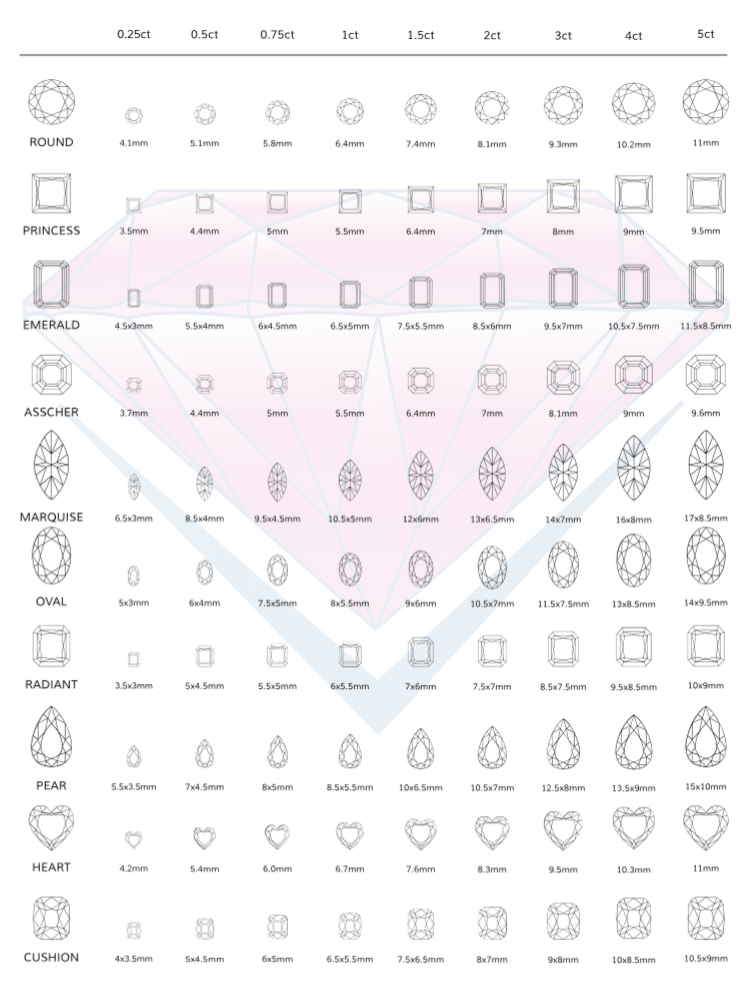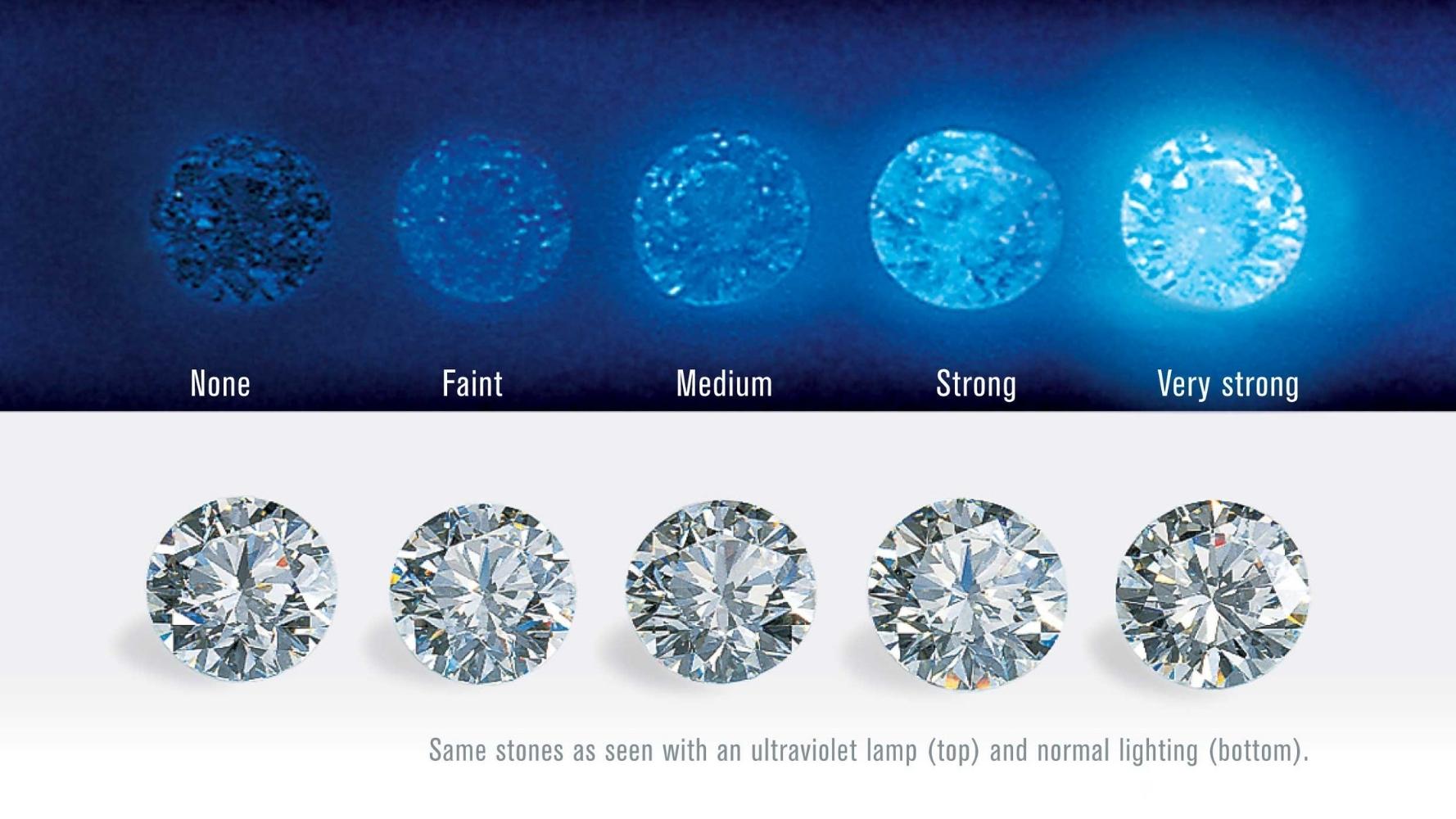Cut – The Sparkle Architect
Cut is the most important factor in a diamond’s beauty. It controls how light reflects through the stone, creating brilliance and fire. A well-cut diamond will sparkle intensely—even if its color or clarity is average.
Unlike shape, which refers to the outline (round, oval, pear), cut is about precision: facet angles, symmetry, and polish. Only round brilliants receive formal cut grades; other shapes are assessed individually.
A 0.80ct diamond with excellent cut can look brighter and larger than a poorly cut 1.00ct diamond. That’s why cut matters most.
- 📊 Cut grade chart
- 💡 Light performance demo
- 🔍 Sparkle vs dullness slider
- 📐 Facet symmetry visuals
